Huntington Beach Oil Spill Update
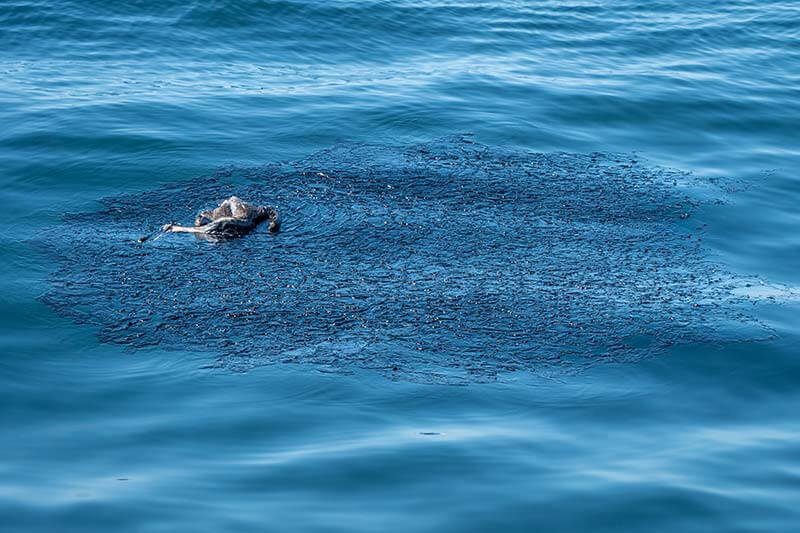
The overall totals of the Huntington Beach oil spill in Orange County are considerably less than what was originally reported. As a whole, the spill has traveled fewer miles than originally anticipated it could. On Thursday, October 12, 2021, United States Coast Guard Captain Rebecca Ore estimated that “roughly 588 barrels of oil have spilled, which would equate to about 24,700 gallons.” This is approximately 120,000 fewer gallons than originally thought and reported.
While having less of this toxic pollutant oil in the water is great news, it is still important to note the damage caused is still numerous. Although Orange County beaches are now open, approximately 250,000 pounds of oiled debris have been collected by clean-up crews along the shorelines from Huntington Beach to San Clemente, California. With the recent oil spill in Huntington Beach, many neighboring community residents have begun asking themselves, “What is crude oil?” and questions like “Is this something that I can take further action on?”
Read below to learn more about petroleum and its involvement in household products. You just may be surprised to learn that you may be using petroleum-packed products as often as every single day!
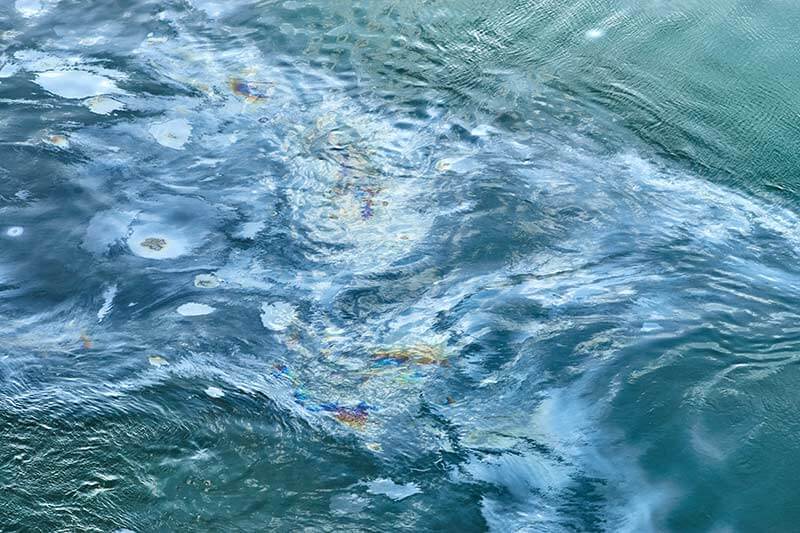
Dana Point Harbor is open to the public and the U.S. Coast Guard has cleared boats to leave from and return to the harbor! Our amazing captains and crew are thrilled to be able to take passengers out on the water, so be sure to book your Dan Point whale watching trip today. Our dedicated team was able to spend a few days off the water, helping Spill Response Teams clean up tar on the polluted beaches, along with trash and refuse that got stuck along the spill’s path. With many beach clean-up efforts already underway, we wanted to update all of you on the Huntington Beach oil spill and what has changed since the original reports were released two weeks ago. Although it has been a short time since the spill occurred you may find yourself wondering “where is the oil now?” or “what is crude oil anyway?”
What is crude oil?
Interestingly, many people have heard of crude oil, but do not realize what it is made up of or just how widely used crude oil truly is. So let’s break it down. When million-year-old plants and animals combine they create something called hydrocarbons. A mixture of hydrocarbons combines to make up crude oil or what we know as fossil fuels. Is fossil fuel a word you have heard of before? To extract crude oil from the earth, it must be located from underground subsurface sea floors, subsurface pools, reservoirs, and in tiny places in oil sands (tar sands) near the surface. Once extracted from these geological formations under the sea, crude oil is collected as a yellowish-black colored liquid.

How much crude oil is used in the USA?
As a whole, the United States uses very little crude oil derived from the USA compared to that of other nations. While offshore drill rigs continue to pull oil from our seafloors, most of the oil we consume is imported. What is crude oil impacting in terms of statistics? In 2020, the US consumed the lowest amount of crude oil since 1995, totaling an average of 18.19 million barrels of petroleum per day. That said, that’s still a total of about 6.66 billion barrels of petroleum!
So now that you can explain what crude oil is, how is it made and where it comes from, the next big question we will answer is what is crude oil doing in certain products we use? Keep reading below to learn more about the top five uses for crude oil. Some may make you think twice about your next online or in-store purchases.
1. Fuel
Ever wonder where that gas for your car comes from? There is just no way around it from a global perspective today. Nearly all crude oil produced in or imported into the United States is refined into petroleum products, for everyday consumption uses like gasoline and diesel fuels, heating oil, and jet fuel. One 42-gallon barrel of oil creates 19.4 gallons of gasoline. Yes, even the boats we use to take our passengers out on friendly dolphin and whale watching safari trips require fuel to run. While we are hopeful to one day be fully crossed over into running on fully sustainable products like bio-diesel, today we rely on diesel fuel every single day.
What is crude oil being replaced with? Replacing ethanol in gasoline with oxygenated blends or renewable biodiesel can replace diesel from fossil-fuel sources, or at a minimum, be blended with it. While replacing diesel fuels with renewable ones is a great solution to going green, paying attention to which renewable fuel to switch to is equally important as not all engines and motors work properly with certain types of renewable fuel sources. Additionally, the launch of green fuels is on the rise making some choices difficult as they may result in more waste in other areas. We like to remind boaters to always talk with a professional when deciding to make the shift to going greener.
2. Plastic and Common Household items
When it comes to how crude oil is used to make plastic, it is like learning the cliff notes of an organic chemistry class. We will try to break it down in an understandable format, so let’s start with the basics. The major chemical elements making up petroleum are oxygen (O), hydrogen (H), and carbon (C). Petroleum is decomposed under heat and is turned into gasoline, kerosene, naphtha, light oil, heavy oil, etc. Most plastics use naphtha as the main raw material. What is crude oil or naphtha used for when making plastic products?
To make plastic, the process consists of certain building blocks that are filled through feedstocks. According to sciencedirect.com, a feedstock is defined as “any renewable, biological material that can be used directly as a fuel, or converted to another form of fuel or energy product.” Two types of oil called Petrochemical feedstock naphtha and other unnamed oils refined from crude oil are used to make something called feedstocks for petrochemical crackers. These petrochemical crackers are what become the basic building blocks for making plastics from the feedstock of petrochemical naphtha. Once the process of separating the oil occurs, you can then make more recognizable products like polyethylene, PVC, polypropylene, polystyrene, polyester, nylon, and acrylic.

After this rudimentary science lesson, you may still be shaking your head wondering what is crude oil doing in plastic and why does this apply to me at all?” Well, we all are guilty of using plastics in one way or another. It is truly unavoidable. The United States consumes about 350 million tonnes of crude oil for the specific use of creating plastic products. Plastic makes up many of the products you use daily and do not even realize that they come from crude oil. The list seems endless, but the rest of the oil is then used to make household items.
Here are just some examples of commonly used and recognized products made using crude oil:
| computer parts | phone parts | automobile parts | bike tires |
| detergents | deodorant | life jackets | paint |
| lipstick | dice | eyeglasses | footballs |
| dishes | golf balls | shaving cream | toothpaste |
| refrigerators | crayons | sunglasses | lotion |
| candles | helmets | trash bags |
Shockingly, it is estimated that each person in the US alone uses over 220 pounds of plastic every year in just packaging alone! According to UNEP, “Today, we produce about 300 million tonnes of plastic waste every year. That’s nearly equivalent to the weight of the entire human population.” Plastic has many uses but single-use plastic options have skyrocketed, creating a severe impact on our global environment. The biggest question we need to answer is what is crude oil’s impact on our ocean’s overall health because the health of the earth’s oceans also dictates the health of our whales and dolphins and other precious marine life.
If we continue with addictive plastic consumption behavior, by 2050, there could be the potential to have more plastic in the sea than fish! Can you believe over 100 million marine animals die each year from plastic waste alone? One of the biggest threats to sea life is plastic ingestion and entanglement from longline fishing nets, fishing lines, lobster and prawn pots, and more. Approximately 100,000 marine animals will die each year from getting entangled in this type of plastic. Staggering statistics like these are solely based on those marine animals that have been able to be collected from such tragedy too. Just think of how many more have been affected who were never able to be documented. These numbers are tragic and need to change for the better.
That is one of the reasons Capt. Dave’s Dolphin and Whale Watching Safari is doing our part to reduce single-use plastic water bottle use too. We have recently received approval for our newly and beautifully designed recyclable box-style water instead of harmful plastic water bottles, available for purchase in our gift shop on the Dolphin Deck – coming very soon!
3. Clothing
It may take you by surprise to learn that certain fabrics can be produced from crude oil better known as petroleum. What is crude oil doing in your clothing? When it comes to clothing, a fact that may blow your mind is that more than 60% of the materials that make up clothing worldwide are made of plastic. That is right! One of the most important aspects of purchase is what the product you are purchasing is made out of. When you look at the tag on your clothing, what do you commonly see? Have you ever seen the word “nylon” on that list? Just under a century ago in 1935, nylon, a byproduct of petroleum, was the world’s first-ever synthetic petroleum product produced. Shortly after the discovery of nylon, polyester was created in 1941. Polyester is often used in making anything water repellent. It is found in outerwear jackets and windbreakers and is also made from crude oil. Even super soft materials like “jersey” are considered a polyester blend. Polyester is not just used to make clothing either! These same polyester materials are used to make your gym bag, computer bag, tape, towels, curtains, drapes, blankets, and more!
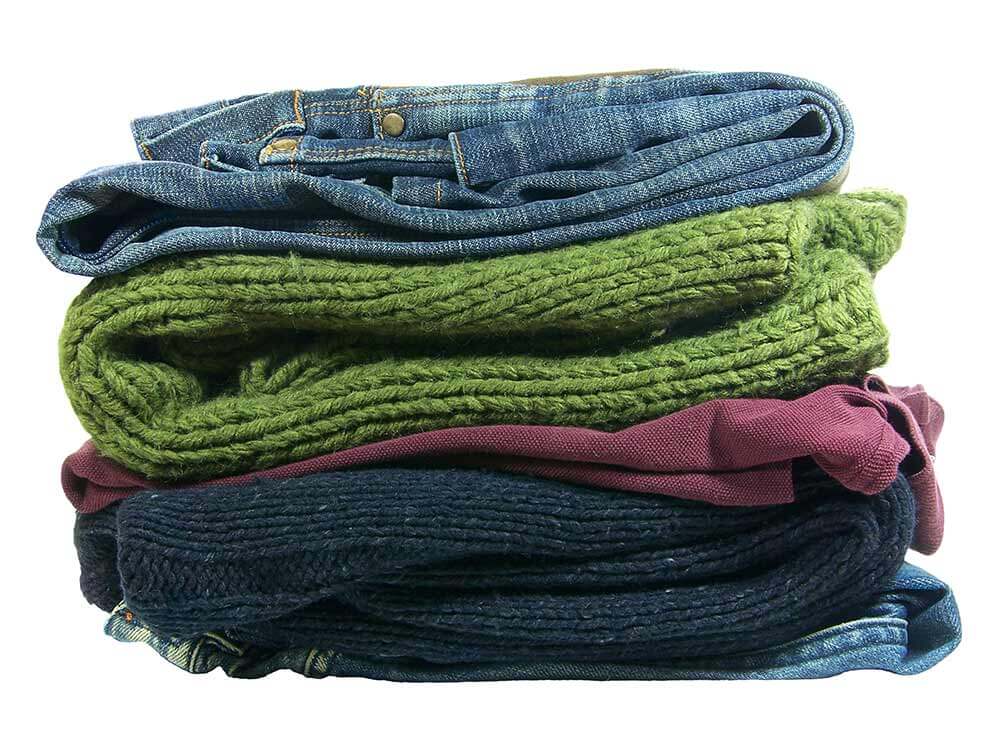
What is crude oil doing in the arena of sustainability?
In the most rudimentary form, both polyester and nylon, and acrylics are non-renewable synthetic products derived from drilling for crude oil. That may not sit well for some of you and you may be reading this wondering “how can I make a change today?” We have all heard that plastic ends up in the ocean. A simple way to make a difference is by looking at your available buying options. If you have the choice of purchasing an outfit made from these materials, you may want to think about how this product came to be and see what you can do to limit the need for purchasing items that promote the use of petroleum-derived from off-shore drilling.
Another option is to reduce purchasing plastic tubs that house the liquids for cleaning your clothes too. Looking for more sustainably renewable options at the checkout counter will help reduce not only your carbon footprint but also the need for companies to continue to make cleaning products using plastic containers.
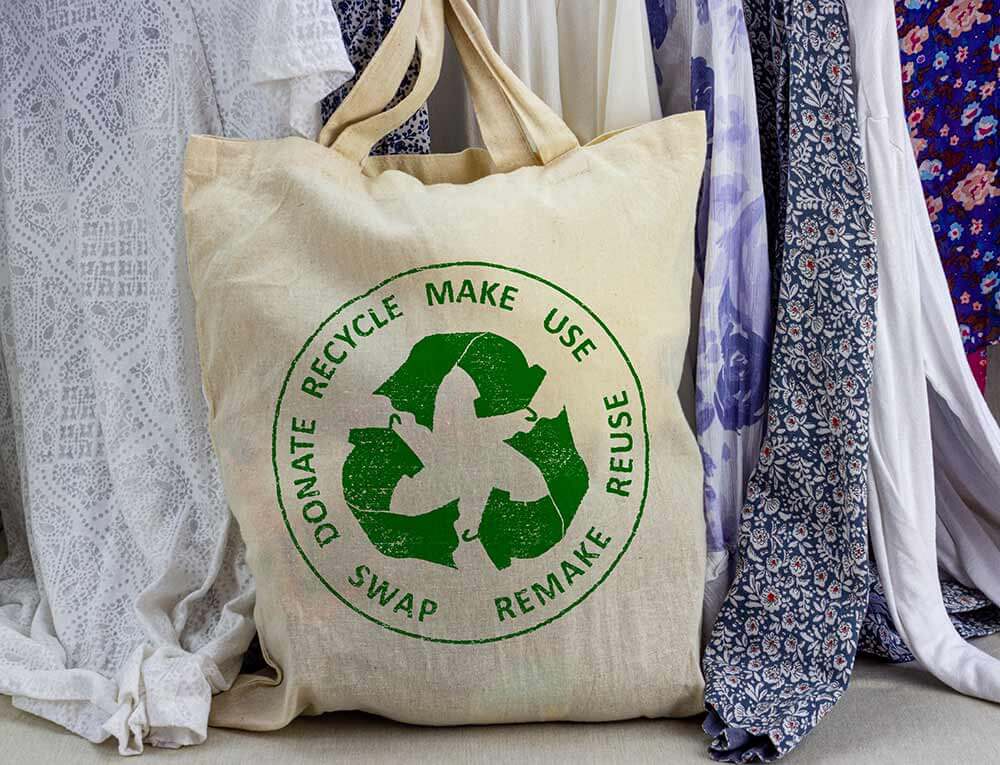
4. Gum
It is everywhere – at the store, on your shoe, under the kid’s desks at school, even on walls in Seattle and has become a sight to see. We are talking about chewing gum and what it is made of will definitely make you think twice about eating it because it is made with crude oil. What is crude oil doing in our mouths? Have you ever thought about what gum is made of? One of the major ingredients in chewing gum is crude oil. So, we are chewing petroleum? YES, we are!! If you have ever stepped on this sticky substance you will remember how difficult it is to remove from your shoes. That is because gum is made with certain petroleum polymer hydrocarbons giving gum chewable flexibility we have come to love. Ewwww, GROSS!

5. Toiletries
While petroleum is not the main ingredient in many toiletries, it is certainly included in most supermarket brand name deodorants. If you were to go to your medicine chest and grab your stick of deodorant, look at the ingredients…what do you see? What is crude oil called if you can’t see the words “crude oil” on ingredient lists? Many deodorant products contain petroleum-based ingredients called propylene glycol. When read, most people do not identify these ingredients as being petroleum but they are!!
You can find this petroleum bi-product in so many items you may use regularly. These products include household items such as makeup (liquid foundation for example), moisturizers, lipsticks, suntan lotions, shampoos and conditioners, baby wipes, and even Aquaphor! It is everywhere and in so many things! Just think…if we could find more environmentally friendly options for products like these, what an impact that could make to the offshore drilling community.
How can you be more sustainable with the products you use?
In the simplest form, the reduction of purchasing items made with petroleum is the only way to reduce the need for offshore drilling. Even small changes lead to big changes. Next time you go to buy that product you have always purchased, check to see if there is a similar product that may be made with a more green attribute. Every single day there are more and more options coming to the market that do not include crude oils as ingredients for everyday household items.
More and more sustainably focused brands are launching new products with green ingredients being top of mind. Look for products that use renewable energy sources such as PLA or Polylactic Acid. PLA is made using food sources – corn!!! This method is fully combustible and easier to break down into H20, CO2, and organics. Just 56 bushels of corn can produce obvious things like corn oil and shortening but it can also produce starch, sweetener, and ethanol/alcohol. Corn to starch replaces crude oil in batteries, crayons, cardboard, chewing gum, antibiotics and vitamin casings, and batteries just to name a few!! When corn transforms into sweeteners, it replaces crude oil in the design of soft drinks, catsup, peanut butter, canned fruit, and more! When corn replaces crude oil and turns it into ethanol and alcohol it can be used for motor fuel additives.
What we know for sure, is that there is NO safe way to offshore drill. All offshore drilling endangers wildlife whether from the underwater sound, disruption and loss of habitat due to chemicals released underwater at location sites, and worse, the threat of death due to oil spilled into the water. If you want to take further action, there are many offshore drilling bans under review in Congress right now. We encourage you to fight whatever battle feels right to you.
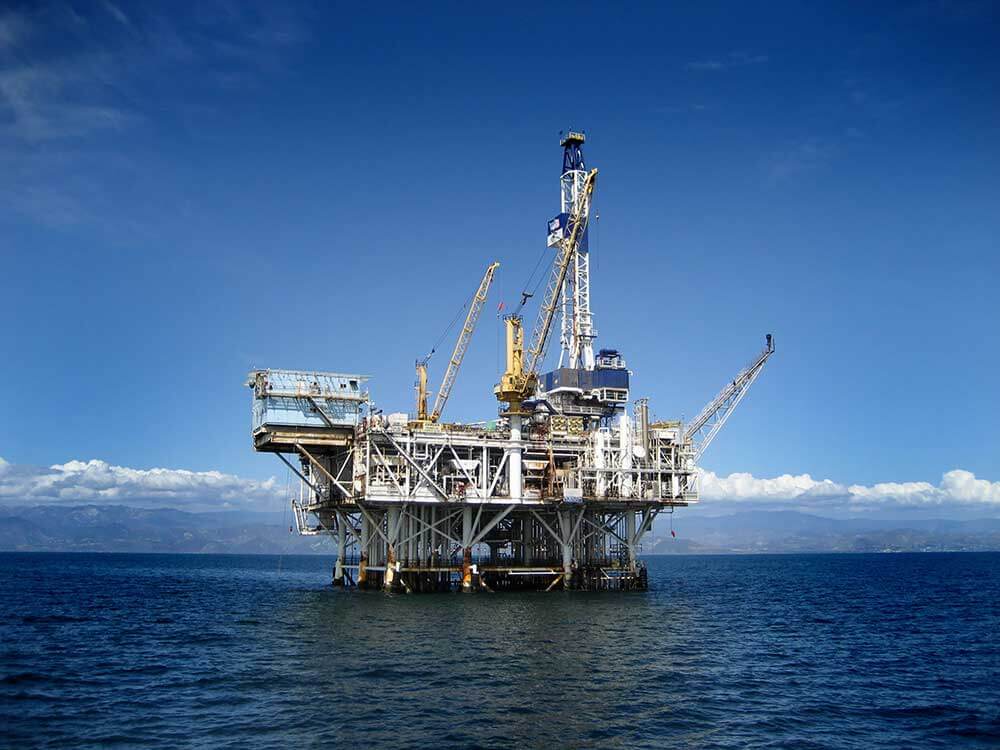
Wow! We all feel ‘whaley‘ smart after that science recap and we can’t wait to ‘sea‘ you back out on the water! Be sure to bring your camera because whale watching season is all year round, and you never know what wildlife you’ll see.
Until then,
Jess Wright
First Mate and Marine Naturalist
Capt. Dave’s Dolphin & Whale Watching Safari
*Sources: https://www.eia.gov/tools/faqs/faq.php?id=33&t=6,
https://www.vox.com/energy-and-environment/21419505/oil-gas-price-plastics-peak-climate-change,
https://losangeles.cbslocal.com/2021/10/13/protestors-call-for-change-following-huntington-beach-oil-spill/,
https://www.ranken-energy.com/index.php/products-made-from-petroleum/
